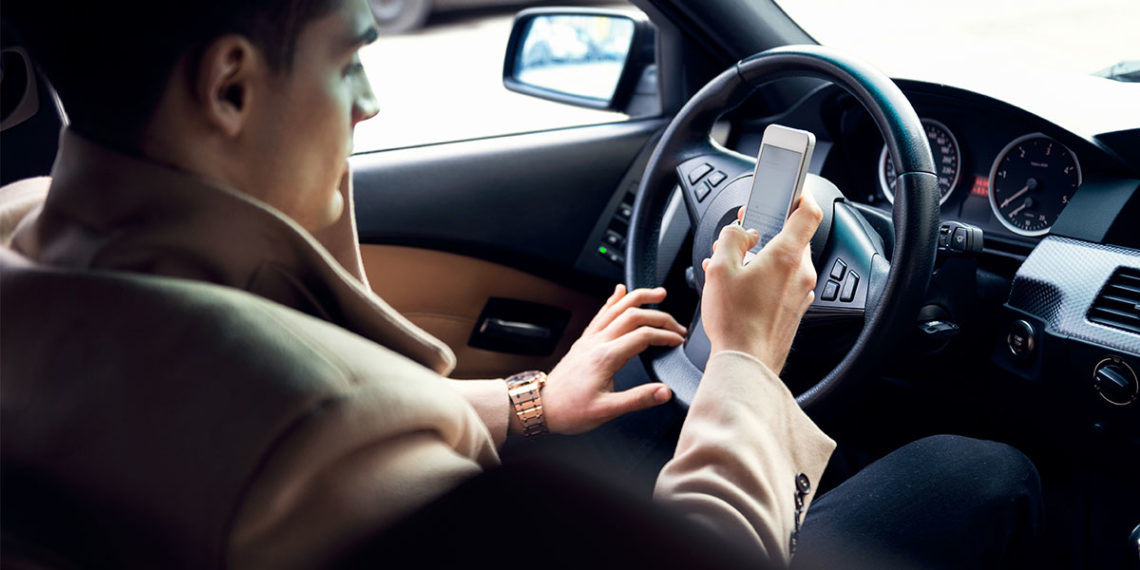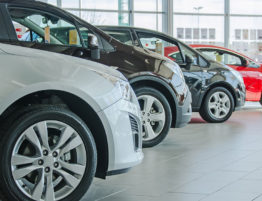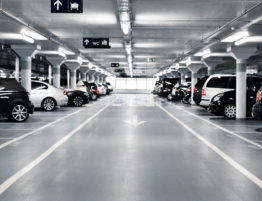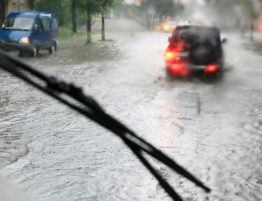
Cell Phone Safety & Distracted Driving Laws
Most states have some type of cell phone ban to protect other motorists, pedestrians, and cyclists from the hazards of distracted driving. Some state laws even enforce a ban on all handheld devices. Among the states who have implemented stricter distracted driving laws, the majority don’t allow texting and driving under any circumstance, even if they allow the use of mobile phones. Most states also consider distracted driving law violations as offenses falling under primary enforcement.
Primary Enforcement vs. Secondary Enforcement
“Primary enforcement” means a law enforcement officer can write you a ticket for texting and driving without citing any additional offenses. Some states employ a secondary enforcement ban, meaning you can only be ticketed for using a cell phone while driving if you were also caught for another primary offense, such as not wearing a seatbelt, running a red light, or getting into a fender bender due to taking your eyes off the road to answer a text message or make a phone call.
Take note: North Carolina allows primary enforcement of a cell phone ban for school bus drivers and teen drivers (those under 18 years of age), and a texting ban on all other drivers.
Safe Cell Phone Use While Driving
Keep in mind, the safest practice regarding cell phone use while driving is to not use it at all. Placing your cell phone in the center console and practicing an “out of sight, out of mind” approach could help keep you, your passengers, and others around you out of a dangerous situation due to distracted driving. If using your cell phone while driving is unavoidable, here are a few safety tips you can use to prioritize safe driving practices when using your phone.
Keep your cell phone within easy reach.
If your phone rings, you don’t want to take your eyes off of the road or your hands off the wheel to search around the floorboards, search through your bag, or dig around your pockets to find it. Consider installing a phone holder on your dashboard or keep it in the side of your door or in a center console for easy access.
Invest in a hands-free device.
Whether it’s a Bluetooth headset or an upgraded car that allows you to sync your phone to your car and take calls via your car’s sound system, being able to speed dial to make a call or accept calls without taking your hands off of the wheel is the safest way to manage phone calls while driving. Some cars can now read and respond to text via voice command.
Use cell phone apps to silence non-emergency calls and texts and automatically notify anyone trying to reach you that you’re currently driving.
These apps are highly recommended for all drivers but can be particularly useful for protecting younger drivers. Some apps even offer the ability to remotely block incoming calls and texts, so if you’re the parent or guardian of a novice driver, you can set parameters that block your young driver’s incoming calls and text messages until they are safely at their destination.
Staying alert, minimizing distractions, and focusing on the road is vital for keeping you, your passengers, and other drivers safe. For a safer, more focused driving experience, check out these 10 Must-Have Car Accessories.
- Driving with a Cracked Windshield is Dangerous! - November 28, 2019
- Common Causes of Windshield Cracks: What You Need to Know - November 20, 2019
- The Best Road Trip Snacks for Kids - November 20, 2019
Write a comment:
You must be logged in to post a comment.








